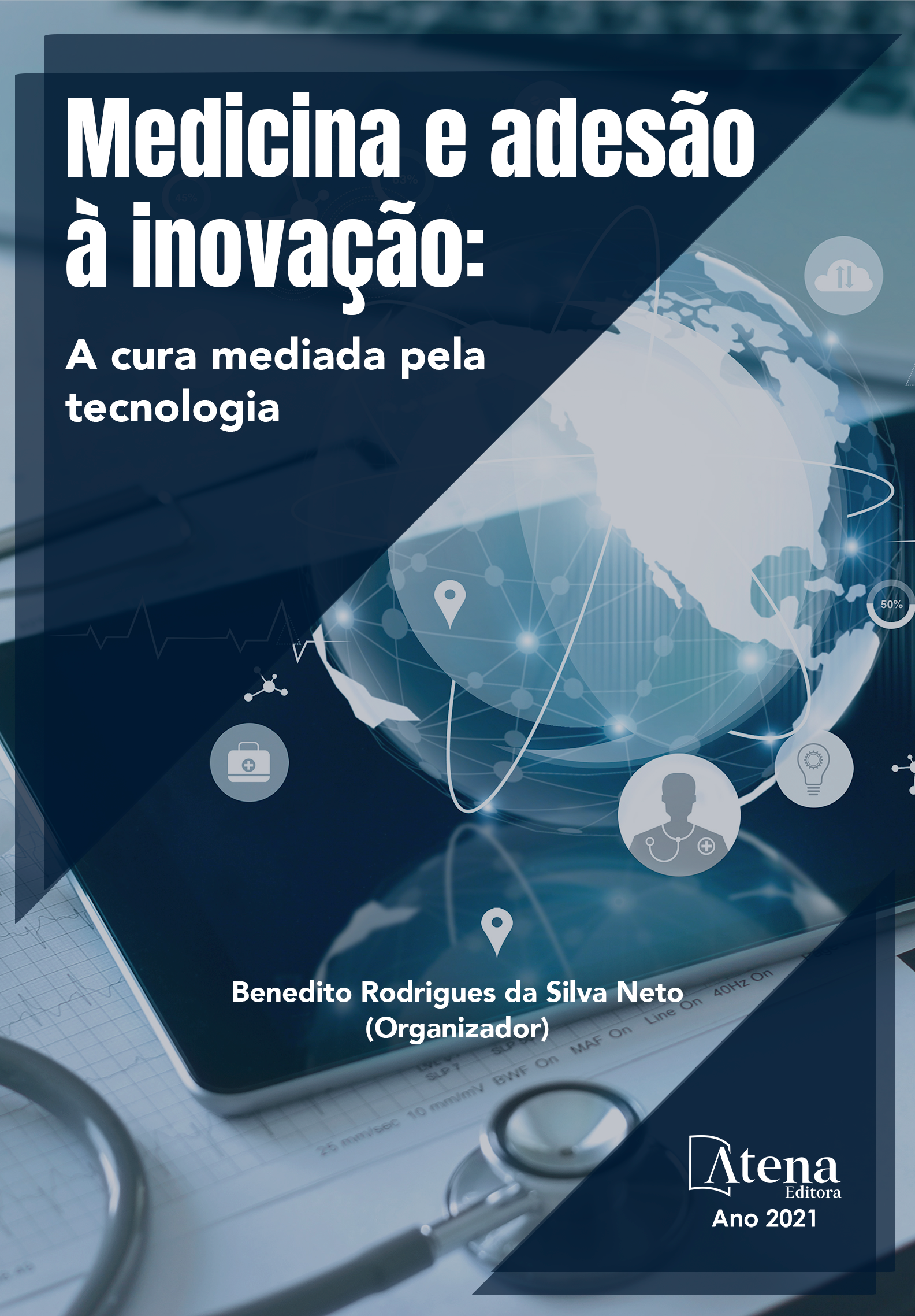
A METODOLOGIA DE SIMULAÇÃO REALÍSTICA ENQUANTO TECNOLOGIA APLICADA À EDUCAÇÃO NOS CURSOS DE SAÚDE
INTRODUÇÃO: A Simulação Realística (SR) é uma possibilidade de ensino cujos focos são habilidades técnicas, gerenciamento de crises, liderança, trabalho em equipe e raciocínio clínico sem prejuízos ao paciente. Assim, essa prática tem sido amplamente difundida nos países desenvolvidos associada à Metodologia Ativa (MA), em que os discentes são protagonistas nas simulações, através da construção de raciocínio crítico para resolução dos problemas. OBJETIVO: Objetiva-se relacionar a aplicação das simulações ao aprendizado teórico-prático dos discentes na área da saúde. METODOLOGIA: Trata-se de uma revisão sistemática sobre a aplicação da SR nos cursos de saúde realizada através de buscas em base de dados eletrônicos e literaturas referentes à temática em questão. RESULTADOS: A aproximação realística do discente ao seu cotidiano profissional fomenta desenvolvimento de olhar crítico e redução da insegurança, ampliando a capacidade de resolução para melhores resultados terapêuticos. DISCUSSÃO: Diante da significativa atuação dos profissionais de saúde na sociedade, é imprescindível o desenvolvimento de ferramentas para garantir bons resultados na graduação. A inserção curricular da SR destaca-se pela melhora na assimilação dos conteúdos, redução de falhas e diminuição da insegurança dos discentes e, ao aproximar o aluno de seu futuro cotidiano, com permissão do erro sem ameaça à vida, nota-se amplo desenvolvimento técnico-cognitivo nas situações propostas. Essa vivência amplia os campos da experiência e habilidade, aprimorando o desempenho profissional. CONCLUSÃO: A SR apresenta-se como recurso didático-metodológico capaz de produzir aprendizado nas diversas formas de cuidar. Deve ser adotada como processo complementar na graduação para melhor capacitação dos discentes e posterior exercício da profissão.
A METODOLOGIA DE SIMULAÇÃO REALÍSTICA ENQUANTO TECNOLOGIA APLICADA À EDUCAÇÃO NOS CURSOS DE SAÚDE
-
DOI: 10.22533/at.ed.5662104082
-
Palavras-chave: Simulação Realística; Saúde; Profissionais de saúde; Inovações.
-
Keywords: Realistic Simulation; Health; Health professionals; Innovations.
-
Abstract:
INTRODUCTION: Realistic Simulation (RS) is an alternative way of teaching that focus on technical skills, crisis administration, leadership, group work and clinical reasoning without causing any harm to the patient. In association with the Active Methodology (AM), this practice has been disseminated and used in developed countries where the students become protagonists during the simulation by developing critical reasoning towards the solution to the problem. OBJECTIVE: Associate the use of simulation to the student’s theoretical and experimental learning process in the medical schools. METODOLOGY: Systematic review on the use of RS in undergraduate courses though search on databases in the health system area. RESULTS: The realistic approximation to the normal daily professional work drives the students towards the development of a better critical view and reduces the of uncertainty. Furthermore, enhances the student’s capability to point out the best solution to the patient’s problem and choose the best treatment. DISCUSSION: Considering the relevance of health area within the society, it is of great importance the development of tools that help the undergraduate students to secure good achievement. The insertion of the RS in the curriculum is of key importance to the improvement and development of students by facilitating the assimilation of the subjects and, at same time, reducing levels of failures and uncertainties. Furthermore, by bringing the students closer to the everyday professional life while allowing them to make mistakes without threatening the patient’s live, leads to a broader student’s technical and cognitive development within the proposed study and improves their skills and professional capability. CONCLUSION: The RS has been an important teaching resource capable of producing good experiences in different ways of caring. However, needs to be considered as a complementary teaching approach in the undergraduate courses, capable to improve student’s knowledge and future everyday skills as a doctor.
-
Número de páginas: 6
- Arthur Franzão Gonçalves
- Anicésia Cecília Gotardi Ludovino
- Anna Laura Savini Bernardes de Almeida Resende


